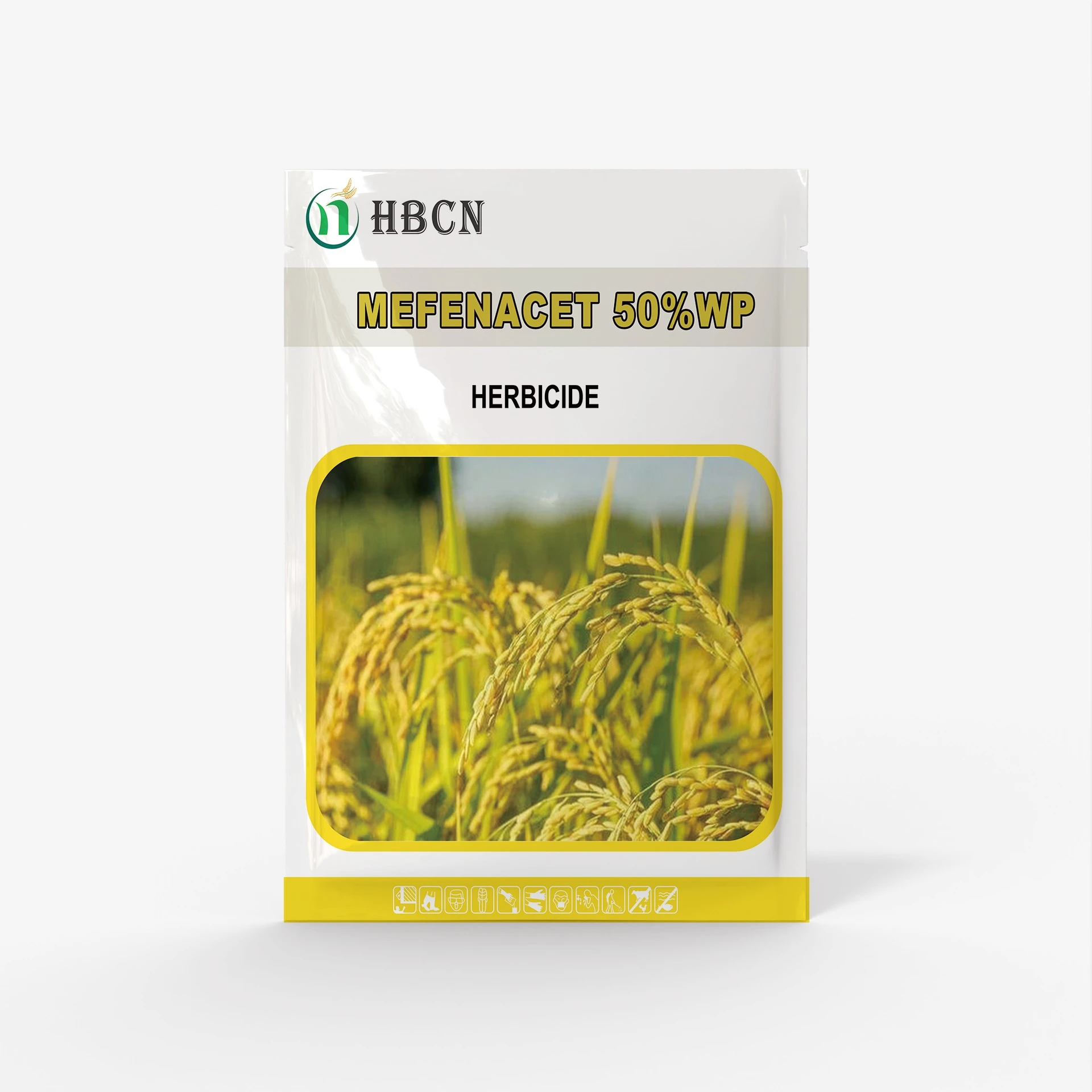
Nov . 13, 2024 14:05 Back to list
atrazine herbicide company
Understanding Atrazine Herbicide and its Impact on Agriculture
Atrazine is one of the most widely used herbicides in the agricultural sector, particularly in the United States. Developed in the 1950s, it belongs to the triazine class of herbicides and is primarily employed to control broadleaf and grassy weeds in crops such as corn, sugarcane, and sorghum. Its effectiveness, cost-efficiency, and long residual activity have made it a staple in modern agricultural practices. However, the widespread use of atrazine has sparked numerous debates regarding its environmental impact and safety for human health.
The Functionality of Atrazine
Atrazine works by inhibiting a specific enzyme pathway essential for photosynthesis in plants. When applied to crops, it disrupts the growth of competing weeds, enabling the desired crops to thrive. Its application can occur both pre-emergence and post-emergence, providing flexibility for farmers depending on their cultivation techniques and the weed pressures present in their fields.
One significant advantage of atrazine is its ability to maintain soil moisture by preventing weed growth, which can be crucial in regions prone to drought. Moreover, it allows farmers to adopt conservation tillage practices, thereby improving soil health and reducing erosion. This dual benefit of weed control and soil preservation aligns well with sustainable agricultural goals.
Environmental and Health Concerns
Despite its agricultural benefits, atrazine has faced substantial scrutiny due to its potential environmental and health risks. Research indicates that atrazine can leach into groundwater, posing a threat to drinking water sources. Environmental organizations and some scientists have raised alarms about its persistence in the environment and its ability to contaminate aquatic ecosystems.
Additionally, studies have suggested potential links between atrazine exposure and health issues, including endocrine disruption, reproductive health problems, and some forms of cancer. The U.S. Environmental Protection Agency (EPA) has faced pressure from advocacy groups to reconsider atrazine's safety profile, leading to extensive research and reevaluation of its use.
atrazine herbicide company

Regulatory Landscape
In response to public concerns, the regulatory landscape surrounding atrazine has evolved. The EPA conducts regular assessments of atrazine's safety and has enforced strict guidelines for its application to mitigate environmental impact. The agency has established maximum allowable concentrations of atrazine in drinking water to ensure public safety.
Despite this, some states have opted for more stringent regulations or outright bans on atrazine, reflecting local agricultural practices and environmental considerations. This patchwork regulatory environment underscores the complexity of managing herbicide use amid competing interests between agricultural productivity and environmental preservation.
The Future of Atrazine Use
Looking ahead, the future of atrazine in agriculture remains uncertain. As farmers face increasing pressure to adopt sustainable practices, the agricultural community is exploring alternatives to chemical herbicides. Integrated Weed Management (IWM) strategies, which incorporate mechanical, cultural, and biological control methods, are gaining traction. Such approaches aim to reduce reliance on chemical inputs while maintaining crop yields.
Moreover, advancements in technology, such as precision agriculture, may provide solutions that minimize herbicide use by allowing for targeted applications only where necessary. The development of herbicide-resistant crops could also reshape the herbicide landscape, providing farmers tools to manage weeds without traditional products like atrazine.
Conclusion
Atrazine has played a significant role in shaping contemporary agriculture, providing effective weed control that enhances crop productivity. However, its environmental and health concerns cannot be overlooked. As the agricultural sector moves toward more sustainable practices, the challenge will be to balance the benefits of atrazine against its potential risks, ensuring that farming remains productive while safeguarding the environment and public health. Continuous research, regulatory vigilance, and the pursuit of innovative alternatives will be essential in determining atrazine's role in the future of agriculture. The ongoing dialogue between farmers, regulators, and environmental advocates is crucial to navigate this complex landscape effectively.
-
Advanced Insecticide: BT, PI, Ant & 505 Pest Solutions
NewsAug.28,2025
-
Best Abamectin 95%: Superior Pest Control & High Purity
NewsAug.27,2025
-
Famoxadone Fungicide: Prevent & Cure Plant Diseases Effectively
NewsAug.26,2025
-
Topramezone Herbicide: Selective & Powerful Weed Control for Corn
NewsAug.24,2025
-
Powerful Fungicide for Optimal Crop Health & Yield Protection
NewsAug.23,2025
-
Azoxystrobin Fungicide: Advanced Crop Protection Solutions
NewsAug.22,2025
